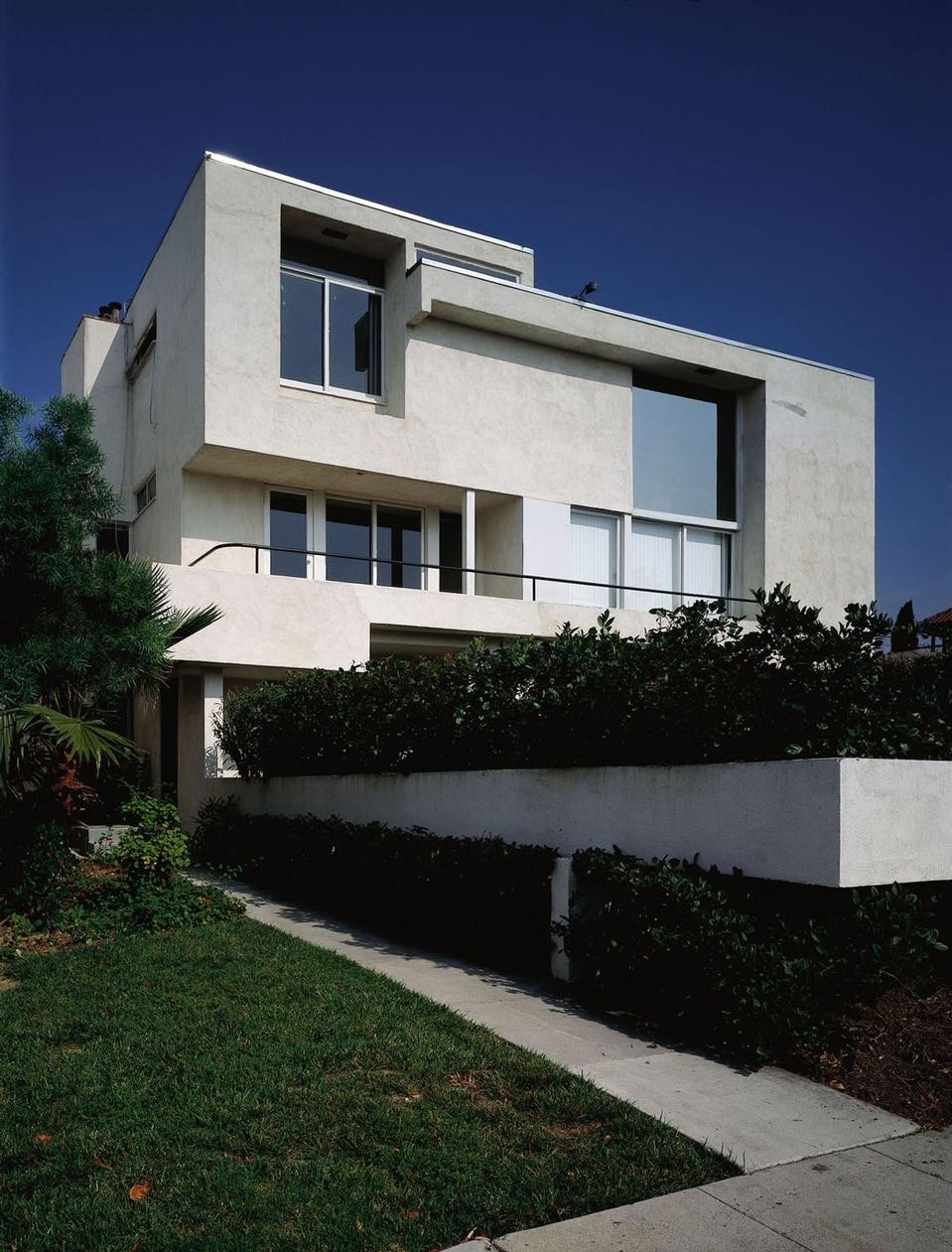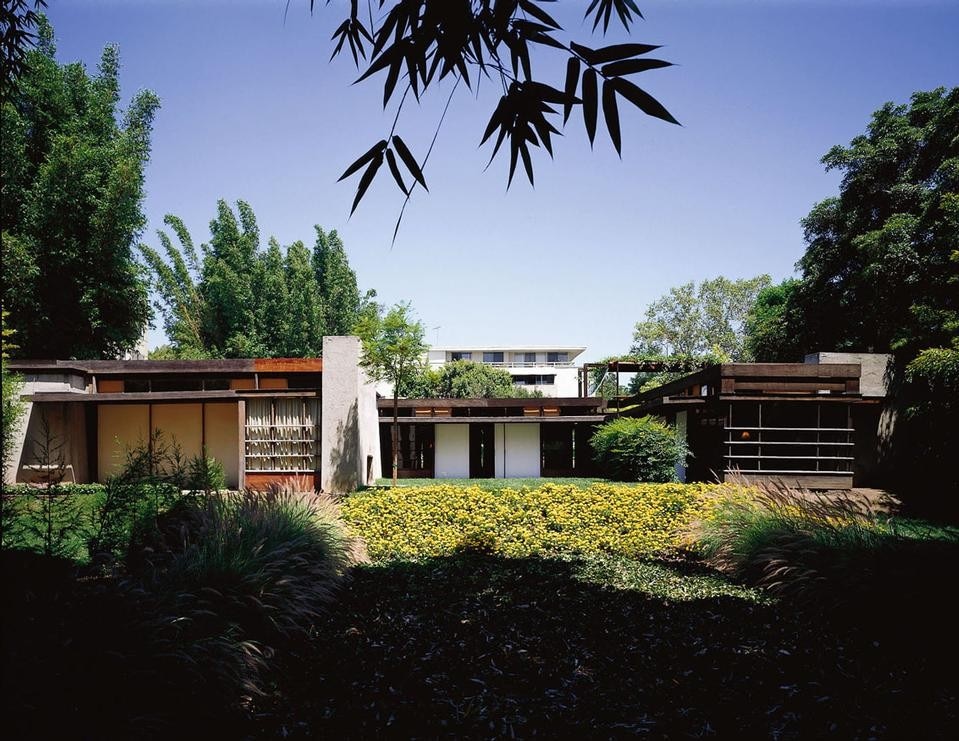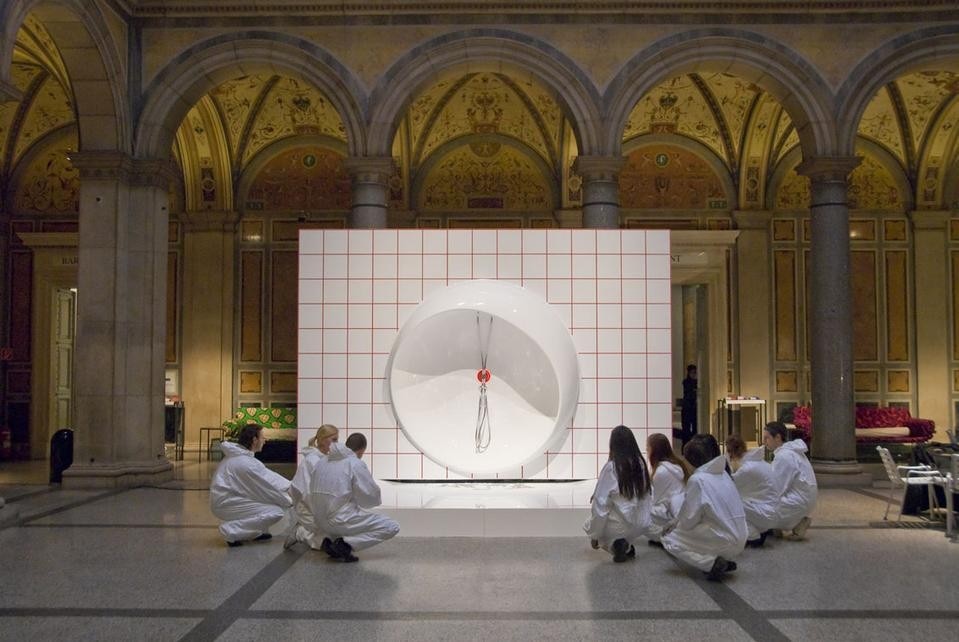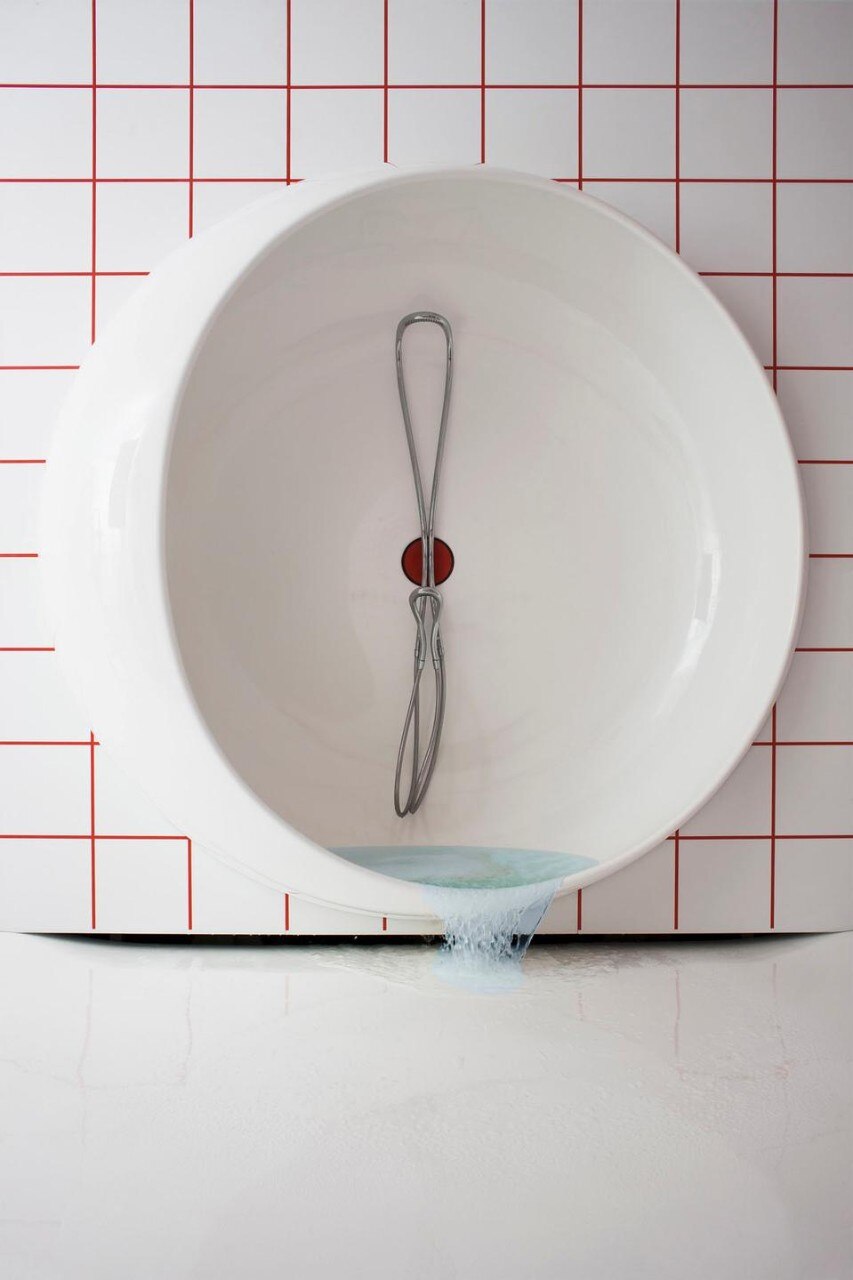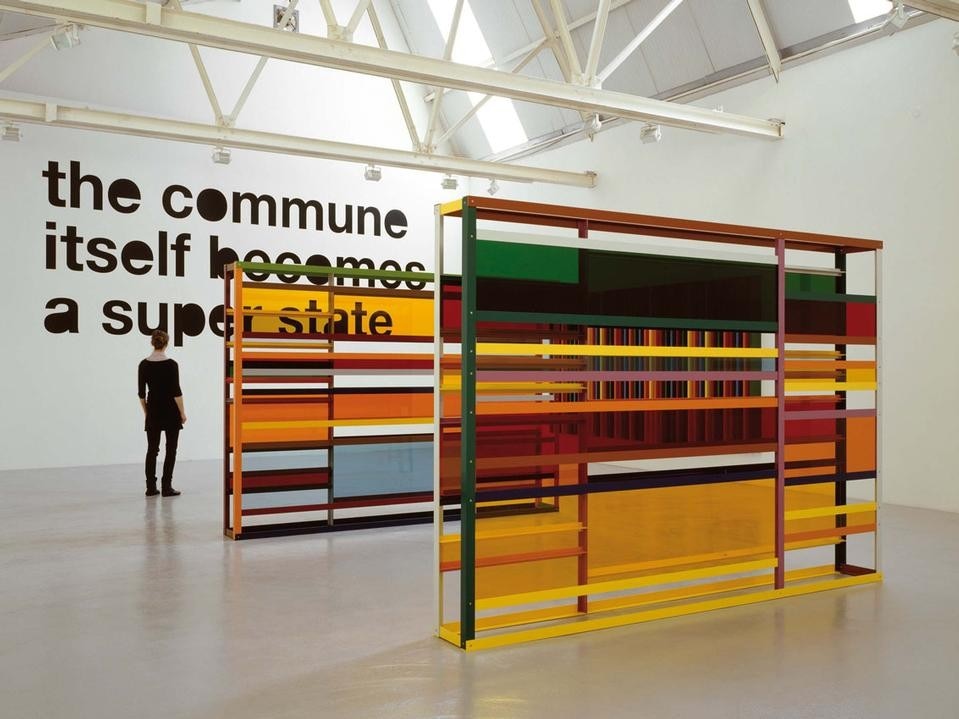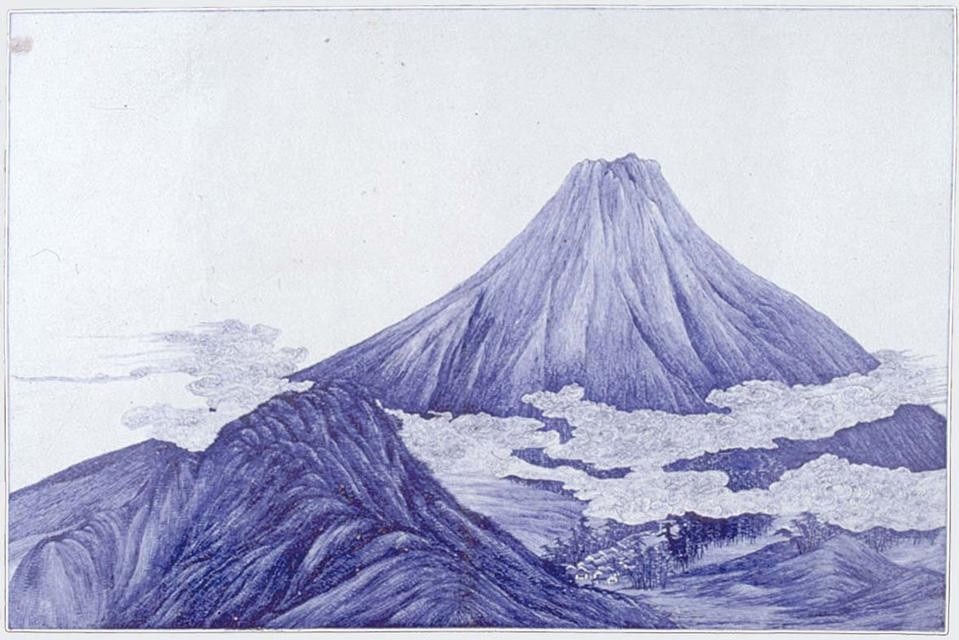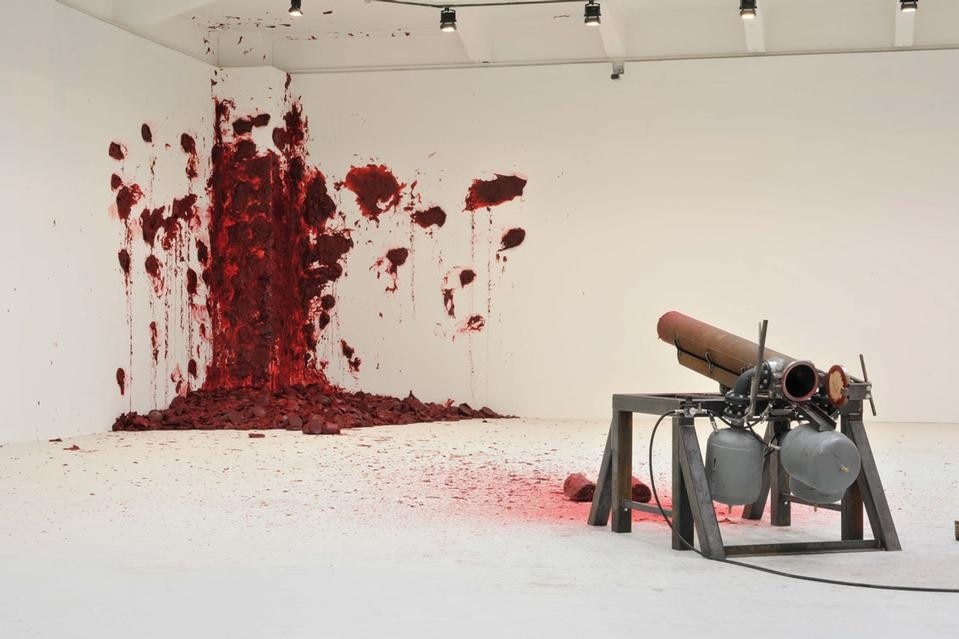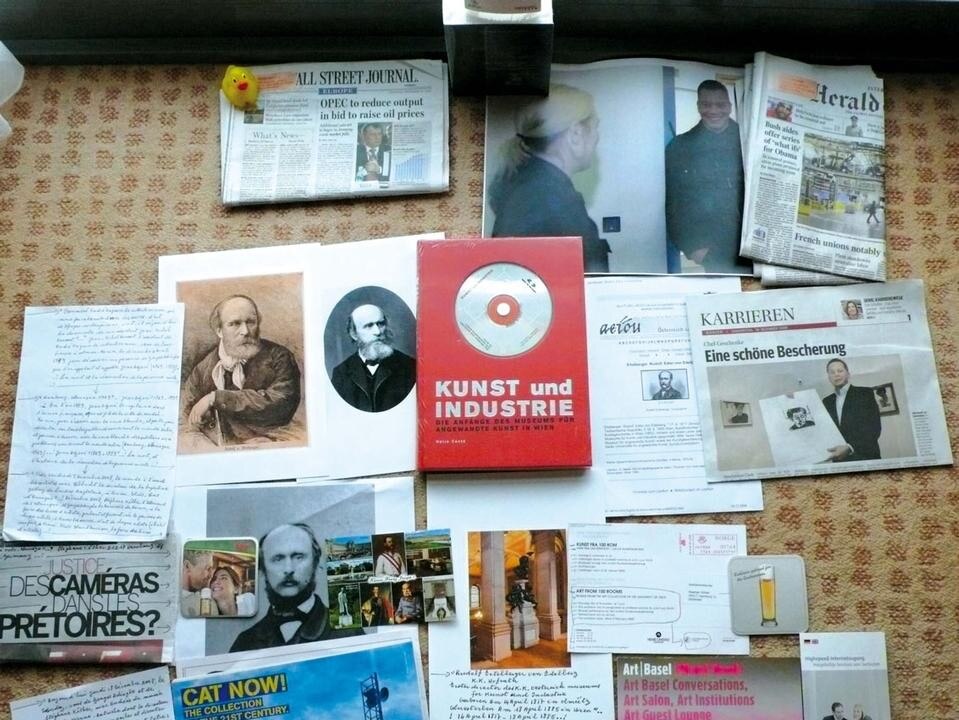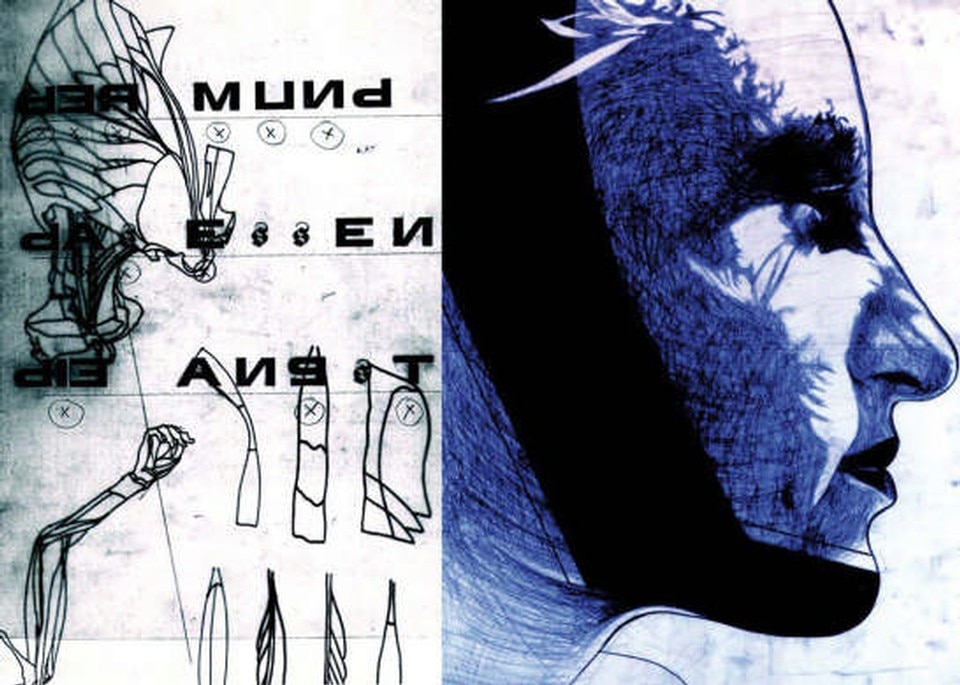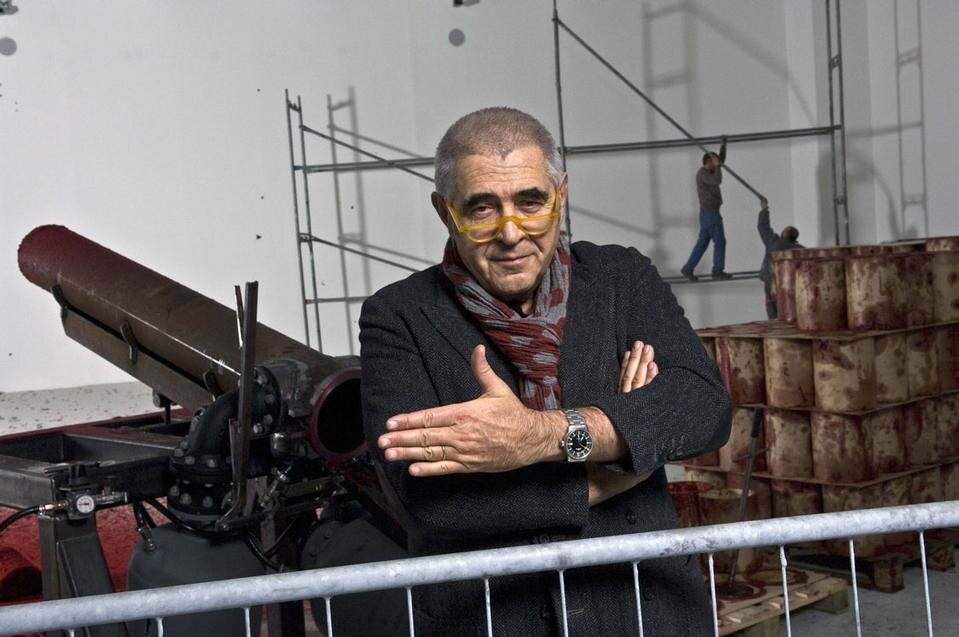MAK has recently presented an ambitious plan of relaunch and expansion, as well as an interesting programme for 2009. What are the elements adopted by the Viennese museum to address the financial crisis?
I’m not so much interested in the crisis because I come from a country which is in permanent crisis. The economic crisis isn’t the real problem, the problem is the intellectual crisis and right now the crisis is very welcome. What does it mean? That it always has to be bigger and more and more and more? It’s meaningless. We also have a system of economics that is so barbaric. There are other parts of the world where it is obviously less and less… Austria is the country with the highest budget for culture in relation to the number of inhabitants. I think it’s right but most of it is for things connected with tradition, folklore, the opera or big institutions. There’s no funding for contemporary collections. We don’t have any either, we’re independent. There is never enough money for art, Austria is one of the richest countries in the world and the only country that is by definition a cultural or art country that can’t create a museum of contemporary art. In Paris they have the Pompidou Centre, I was there again two weeks ago and whether you like it or not it made a strong statement. It’s the same in Milan, they just put architecture all over the city, leaving it all to the architects but really it’s absolutely childish, the idea of making a new city but where the only idea is that it’s the buildings that make the city. The designs are the same everywhere, from Beijing to Milan.
Can you explain to us in concrete terms how works the partnership with departure, the business agency financed by the municipality of Vienna that supports and promotes businesses and start-ups in the field of architecture, design and art?
Departure is an organisation, it has been going for five or six years, it’s independent and gives funds for creative projects. If designers have a project that can be produced they can get financial help. This is the problem with a lot of activities. We’re not really doing enough in design so we started this initiative then got together with Departure and so got financial backing. We started this London-Milan-Vienna axis. We had Ron Arad over two weeks ago to give the first speech and exhibition. The next will be Omar Vulpinari from Fabrica and Gregor Eichinger but the idea is to have people who can select a group of designers for a show, like a curator.
Of course, they will be young designers…
Yes, maybe someone who can follow after us, someone who can create a project afterwards because the idea of Departure was to present a project and then find someone interested in producing it.
MAK has headquarters in two cities very distant from one another, Vienna, a museum-city of Old Europe and Los Angeles, an explosion of creative energy that produce an interminable flow of films, inventions and fashions. Are the vocations of the two museums so very different?
Our organisation in Los Angeles is quite small and has been going for less than fifteen years and I’m proud of it. We are doing completely different things in Los Angeles, using different lines, different issues but I don’t want to use the expression avant-garde because it’s not what we mean. We run a residential programme for artists and architects with the idea of creating a dialogue between art and architecture. It is a six-month residency offered twice a year to two artists and two architects. They are chosen by an independent jury. Each resident is given an apartment in the Schindler-designed Pearl Mackey Apartments (a four-unit apartment building), a monthly stipend and the support of MAK Center staff. It’s a factory for people who live in a piece of architecture for six months. As of today, more than 140 artists and architects, mostly coming from Europe have been through the program. Now we started a new fellowship program called UFI, the Urban Future Initiative which is funded by a major grant from the U.S. Department of State’s Bureau of Culture and Education. What is unique about this program is that many of the fellows do not come from the western world but from Indonesia, China, Peru. They stay in Los Angeles for two months, live in the Fitzpatrick-Leland House (R. M. Schindler, 1936) and pursue a research topic related to urban phenomena. They address our structure from very different points of view: philosophy, literature, architecture, design, art and science. So you don’t just get design or architecture projects, in a way it’s design but it’s also strategy.
“Design is Thinking”, it says on your website. Can you explain what, in your opinion, is the role of a design and contemporary art museum today?
Contemporary means that design, architecture and art are in balance, there shouldn’t be any barriers between them. Strangely, museums are still acting like they were two centuries ago. Wherever you go, whether it’s Korea, South Korea, Japan, America or Italy, they’re all the same, they all have the same collections, the same exhibitions and even the same artists. This is absolutely the end of everything. What we have always tried to do over the last twenty years is to do things that first and foremost have a lot to do with the artist, then with the exhibition. I think it has more movement, is more alive because it’s not clear what the next step is. I think for a museum to be contemporary it’s not just about having contemporary art. You have to be contemporary in your ideas, your feelings, your tastes. What is dangerous is to follow fashion. I like fashion very much but it has nothing to do with art. I think there are very few fashion designers who can reach art and not just anyone can become an artist for the moment just because he’s doing art. I believe that experimenting means not being sure of what lies at the end of the road or the end of the day.
